Graphics Reference
In-Depth Information
and substitute the x and y that one gets from equation (3.51) into equation (3.47).
This will also produce equation (3.48).
Case 2:
D = 0 and Dπ0 (parabola)
One can show that the vertex of the parabola is at (x
0
,y
0
), where x
0
and y
0
are the
solution to the equations
++
+
af
hg
ax
hy
=
0
(3.52)
0
0
I
and
fb
-
hg
xg
ag
++
-
hf
Ê
Ë
ˆ
¯
Ê
Ë
ˆ
¯
f
+
yc
+=
0.
(3.53)
0
0
I
I
Furthermore,
(
)
(
)
++ =0
a
+
b hx
+
by
fh
gb
(3.54)
is the equation of the axis of the parabola. Therefore, translate the origin to the vertex
of the parabola and then rotate about that point through an angle -q, where
h
b
a
h
tan
q=-
=-
.
(3.55)
These transformations will change equation (3.35) into
2
y
¢=
2,
px
¢
(3.56a)
where
ag
-
+
hf
p
=
.
(3.56b)
2
2
Ia
h
Case 3:
D = 0 and D=0 (degenerate cases)
If b π 0, then equation (3.35) reduces to
(
)
±-
2
-+
hx
g
g
bc
y
=
.
(3.57)
b
If b = 0 (and also h = 0), then we get
2
-±
f
f
-
c
x
=
.
(3.58)
a


